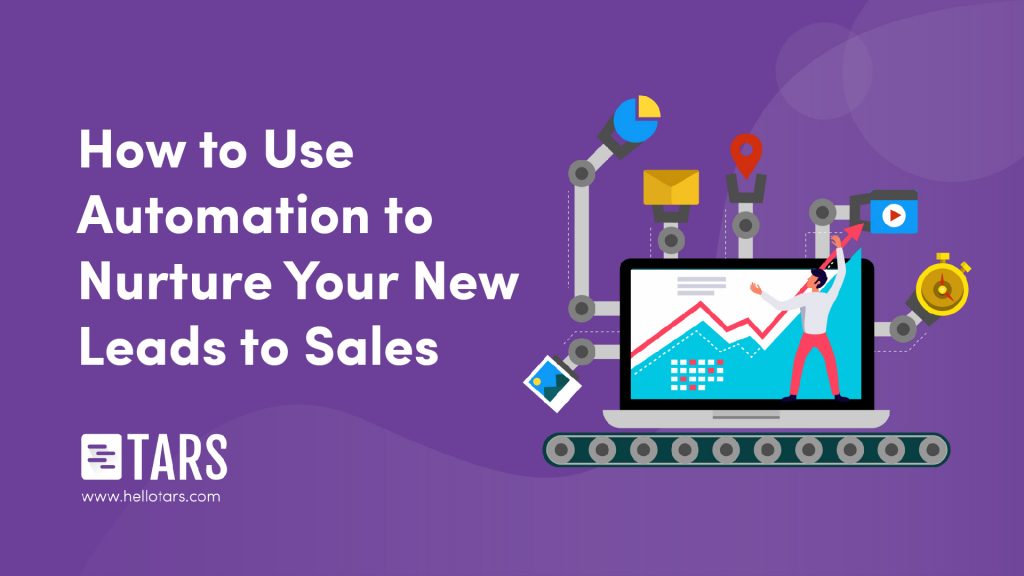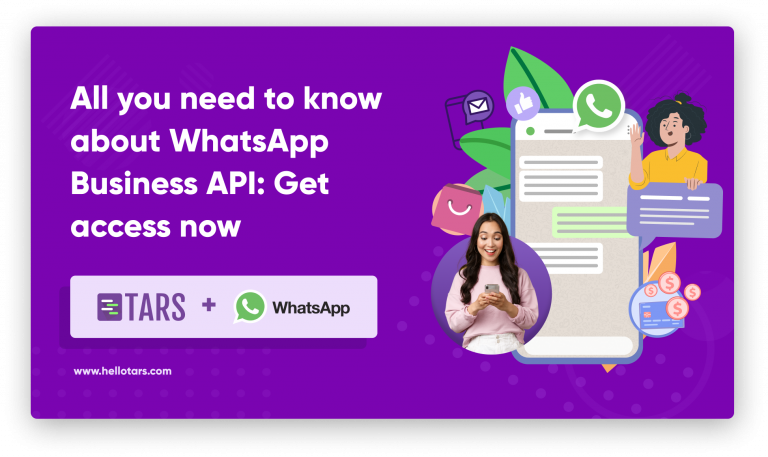How to Use Automation to Nurture Your New Leads to Sales

Capturing new leads is an essential aspect of the inbound marketing processes. It feeds your funnel and ensures you’re steadily growing your pool of prospective clients. But you can’t just capture a lead and call it a day.
Once the capture is complete, the real magic happens. The buyer’s journey and experience with your brand are just beginning. And, since most prospects are at peak engagement right after they convert to lead status, you must capitalize on that engagement with the right kind of email nurture.
Utilizing automation at this stage isn’t just effective; it’s convenient. With so much to do and so many tasks to complete, who has time to send individual emails to every single new lead?
In this blog post, we’ll dive into why using automation to nurture leads is an essential practice and a step-by-step process for implementing it successfully.
Importance of Marketing Automation
Yes, automating your marketing is convenient. All the work is on the front-end, meaning once you set up your automations, you can tackle the rest of your to-do list while simultaneously nurturing leads. But making your life easier is just one of the benefits of using marketing automation. Let’s look at some others:
Automation Simplifies Marketing
Small businesses and teams are needing to become jack of all trades in order to compete. This means that marketing experts aren’t exactly the ones running their marketing department. It’s up to small business owners to call the shots when it comes to strategizing and carrying out plans, which can be daunting and overwhelming.
But when this process is automated by using a simple tool, marketing suddenly becomes simple. Setting up personalized, branded emails is a sinch, allowing you to share helpful resources with your leads based on where they are in the funnel. Automation makes you look like a marketing pro, even if, in reality, you’re winging it.
Automation Improves Lead Nurturing
Integrating your CRM with your marketing automation, or finding an all-in-one solution, is crucial. Your CRM tracks and organizes essential intel on all your leads, which can inform your marketing approach.
By knowing what actions your leads are taking on your website, the lead magnets they’re attracted to, or the pieces of content they’re downloading, you can get a better idea of what their needs are. Your automation and CRM tool provides you with tagging and scoring capabilities that you can trigger based on these actions, which then segments your leads into certain lists. You can then craft emails that appeal to each list, providing leads with effective nurture that is personalized and aimed at addressing their needs.
Step-By-Step Guide for Automating Your Marketing
Once a new lead is generated, it’s time to get to know them a little bit so you can start nurturing them towards a sale. Let’s go over what lead scoring and segmentation look like.
Score Your Leads
The simple truth is that some leads are more ready to buy than others. Knowing how knowledgeable a lead is about your company and whether or not they’ve done their research will determine if a lead is qualified.
By utilizing a scoring system, you can automate your qualifying process, which will place your more qualified leads into a different group than those who need more education. You can use various factors to score your leads, including:
- What pages they visited and how they interact with your site
- How often they interact with your site
- What forms they’re filling out on your site
- What pieces of content they’re downloading
- Are they opening and clicking through your emails?
To be successful with your lead scoring, you need to first establish what actions turn leads into buyers. That will determine how many points you give each action, so the more points a lead accumulates, the more qualified they become. This makes it easier for you to understand each customer and identify their location in the buyer’s journey.
Segment Your Leads
Once your lead scoring method is established, you can create lists that pull various leads based on those qualifications. This segments your leads into groups with other leads at the same level of qualification as them. You can also segment your leads based on industry, region, and other demographics of your choosing. However, it’s important to note that if there is specific information you want from your leads, you need to ask for it in your online forms or whatever else you’re using to generate leads.
Create Email Drip Campaigns
An email drip campaign is essential if you want to improve your sales and marketing results. Drip campaigns help educate, nurture, and convert your prospects because they provide personalized content in a steady stream.
Instead of bombarding leads with tons of emails, you’re sending them follow-up every few days or so. And in that follow-up, you’re reminding them of your company, what it is it provides, and sharing resources that allow them to make better, more informed decisions.
It’s more than a slow sell. It’s an incredibly effective method of building trust and value between your brand and your prospects. Plus, you can customize how many emails you want in each campaign, what content makes sense to include, and when to send each email out.
Track and Adjust
Once you set your drip campaigns and other email outreach up, track results by regularly viewing the open rate, click-through rate, unsubscribe rate, response rate, etc. Another incredibly efficient aspect of marketing automation is that you can easily access all of this information to determine which outreach you’re sending is the most successful. It makes figuring out which approaches aren’t yielding the highest return super easy.
We would never recommend sticking with the same strategy year over year. Instead, use your email marketing metrics and analytics to determine which campaigns should be adjusted and updated. You can also determine if certain approaches should be nixed altogether.
Conclusion
Each lead you convert has different goals, issues, and concerns. It’s vital to not only get to know those needs but to address them with personalized content. Automation takes out a lot of the guesswork and ensures you can provide effective nurture while getting other necessary tasks accomplished.
The results? More educated leads ready to make an informed decision to work with your brand. So, what are you waiting for? Start taking advantage of automation to walk your leads through the customer journey and convert them into paying customers.
Jessica Lunk is the Director of Growth Marketing for Benchmark Email, BenchmarkONE and Contacts+. She focuses on helping small businesses and marketing agencies leverage sales and marketing software to ignite relationships with their customers and connections.
- Importance of Marketing Automation
- Automation Simplifies Marketing
- Automation Improves Lead Nurturing
- Step-By-Step Guide for Automating Your Marketing
- Score Your Leads
- Segment Your Leads
- Create Email Drip Campaigns
- Track and Adjust
- Conclusion


Build innovative AI Agents that deliver results
Get started for freeRecommended Reading: Check Out Our Favorite Blog Posts!

Why CSMs Are Vital For Chatbot Marketing

Making Your SEO Count

All You Need To Know About WhatsApp Business API: Get Access Now

Our journey in a few numbers
With Tars you can build Conversational AI Agents that truly understand your needs and create intelligent conversations.
years in the conversational AI space
global brands have worked with us
customer conversations automated
countries with deployed AI Agents



